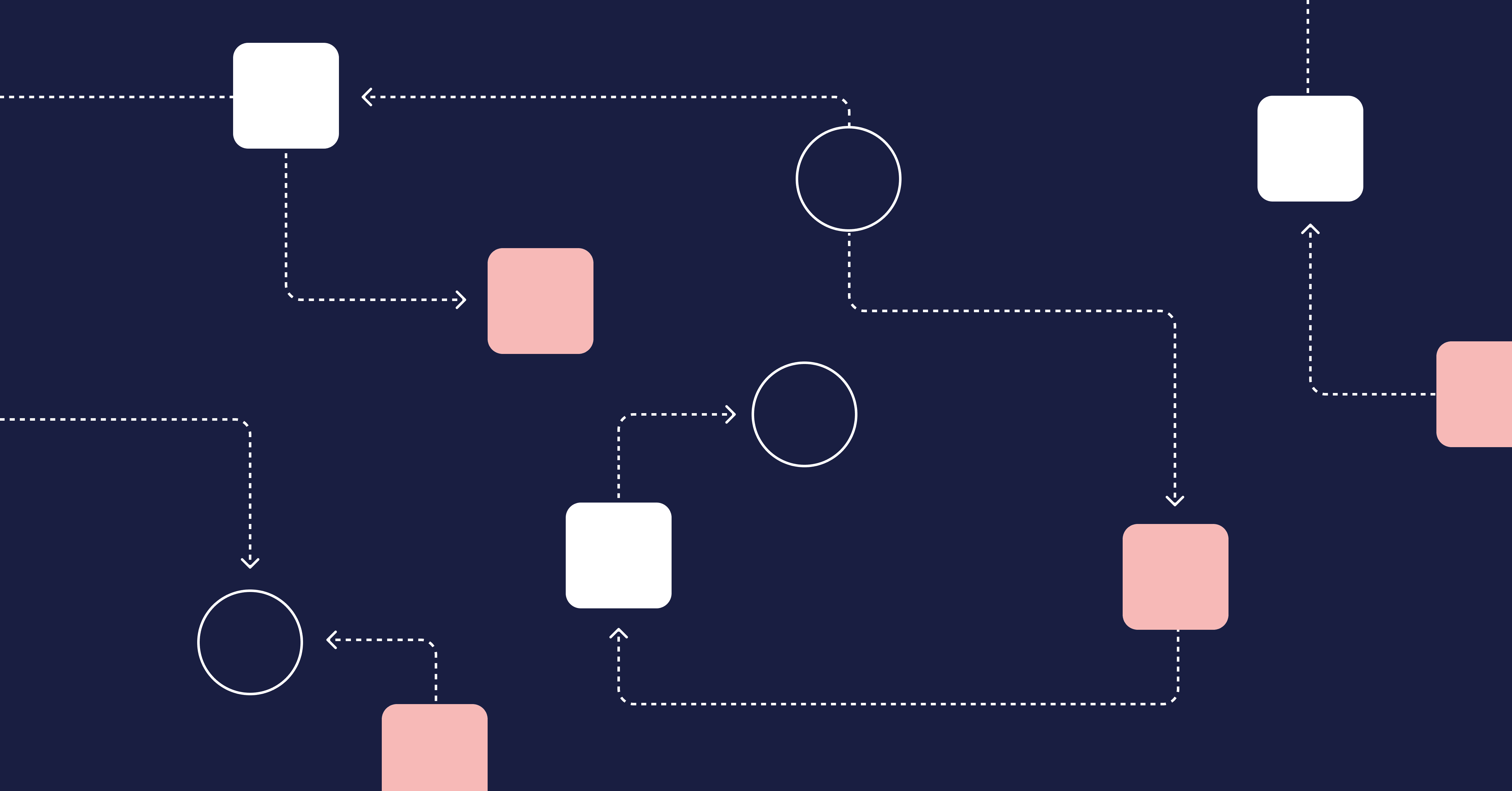What differentiates a successful business from an unsuccessful one? The organization of the underlying engineering team is one of the determining factors.
A successful product emerges as a result of the collaboration between the members of an engineering team. Their skills and their ability to collaborate and interact with one another’s work is key to the growth of the product. This blog post addresses the question of how to effectively structure and build an engineering team.
Here’s what we’ll cover:
- Introduction
- Different roles in a team
- Team size
- Team structure
- Evaluating and managing the engineering team
Introduction
A good business takes shape in the form of an idea, an improvement, or a solution to a problem. One must engineer, design, and market the solution as a product or a service.
The team players are responsible for converting this idea into a monetary product (or service). In addition, the team identifies opportunities, drives innovation, and enables the organization to grow.
While a well-organized engineering team is capable of making the right decisions, an ill-structured team can do the opposite. Therefore, choosing the right players and the right roles is a vital aspect of a successful business.
One must take into account the structure, size, diversity, and collaboration paradigms while creating an efficient engineering team. In the rest of this post, we’ll discuss the the different aspects of building an efficient engineering team.
Who Are the Team Players?
Before diving into the organization of an engineering team, let me introduce the key players.
Consider the role of players on a football team. Do they all have the same skills and strengths? Of course not. While all players are well versed in the game, each player has a specific skill (for example, a goalkeeper). At least, the fans hope they have!
Similarly, an engineering team must be sufficiently diverse and collaborative. Each player must have a specialization but must also be able to understand and collaborate with the other members in order to build a product.

Developing an idea into a monetary product requires expertise from three main departments: engineering (technology), product, and design.
The exact players that your team requires depends on the business and the product you’re developing. Some products may be specifically tailored to a certain audience and may require highly specialized engineers and designers. However, there are a few key roles that exist in all engineering teams:
- Software engineers/developers: Code and build the product
- Product managers: Dictate product objectives and deal with collaboration and execution of the steps that follow development
- Designers: Responsible for the UX/UI of the product
Every organization will have a team containing at least these members, along with QA engineers, junior or senior engineers, front-end developers, back-end developers, business analysts, database administrators, or data engineers.
Furthermore, in the Big Data era, most organizations are taking a more data-driven approach. As a result, data scientists, machine learning engineers, and statisticians have also become key roles in an engineering team.
How Big Should an Engineering Team Be?
The size of the engineering team depends on factors such as the scale of the business and the specifics of the product you’re developing. Depending on the scale of your organization, you can hire multiple front-end developers and software engineers. However, the main roles within the engineering team are essentially the same.
The size of a team makes a great deal of difference when it comes to the end results. For instance, a small team of four or five members might be less diverse in terms of the type of roles. However, keep in mind that this depends on the product you’re developing. Some start-ups have no more than ten people altogether and still manage to make a profitable product.
On the other hand, a team size between six and eleven members is often more appropriate. Keep in mind that as you increase the size of the team, the efficiency with which the members collaborate and communicate will drop. Therefore, keep an eye on how many members and the types of roles your product needs, and hire accordingly.
Project-Based Teams: The Old Way
You can consider different approaches while forming an engineering team. For instance, back in the day, it was quite common to form engineering teams around a project.
A project involves an engineering team working together for a defined period of time. This involves picking out engineers and designers from their respective departments and assigning project work to them. The team is expected to stop their everyday work and start on something new.
Sounds reasonable, right? So what’s the problem?
The disadvantage in structuring an engineering team this way is that the idea of a project creates an environment that seems to serve trivial, short-term goals. Furthermore, it’s difficult to collaborate with team members that you don’t know or have no experience working with. This creates a huge communication gap—for instance, between the developers or engineers and the product side or operational end of the project.
To overcome the disadvantages of a project team, it makes sense to have a product-centric engineering team rather than a project-centric one.
Product-Based Teams: A New Way
As the name suggests, a product team is centered around creating and running a product for its entire lifetime. For instance, a product-centric engineering team created Instagram.
In a product-centric environment, team members are bound to work together more efficiently because it’s a long-term project. Think of it as a small company within a company, with the goal of creating a profitable product. The team members are highly diverse in their skill sets and learn to collaborate with one another.

For example, the Instagram engineering team consists of members from interdisciplinary departments such as engineering, marketing, design, communication, content, and so on. Such an orchestra of cross-functional skills results in development of a successful product.
Furthermore, as the product grows and begins to draw users, the team must be able to adapt to the changing needs of customers. Sometimes this might require restructuring the team and hiring more specialists and experts. Thus, the most effective way to build an engineering team is by directing its focus on the development and growth of a product.
How Effective Is Your Team?
Behind a successful product is an effective engineering team. Thus, if anything goes wrong, you can look back at the work done at different levels within the team. Assessing and monitoring the performance of the engineering team is necessary to ensure timely delivery of successful products.
How can you measure the effectiveness of a team? By setting timely goals. It’s important to set the right goals that enable the team to collaborate and work under sufficient pressure. It’s tempting to set unrealistic goals and hope the team will somehow get there, but this will only degrade the performance of the team as a whole.
Switching roles and introducing new players is another way of keeping the team more dynamic. At present, many organizations are on the lookout for data scientists and Big Data engineers to add value to the team.
In addition to that, it’s important to address the issue of dependency among the different members. A high dependency can be a major issue and can lead to a bottleneck within the operational pipeline. What do I mean by dependency? In a highly dependent environment, if one team member falls, the whole team falls. The team manager must be quick in recognizing such speed bumps and must know how to deal with them effectively.
Having the right people in your engineering team can make all the difference in your business. Understanding the different roles and dependencies is also a key to effective collaboration within a team.
For more information, check out LinearB. You can schedule a demo or check out the blog below.




